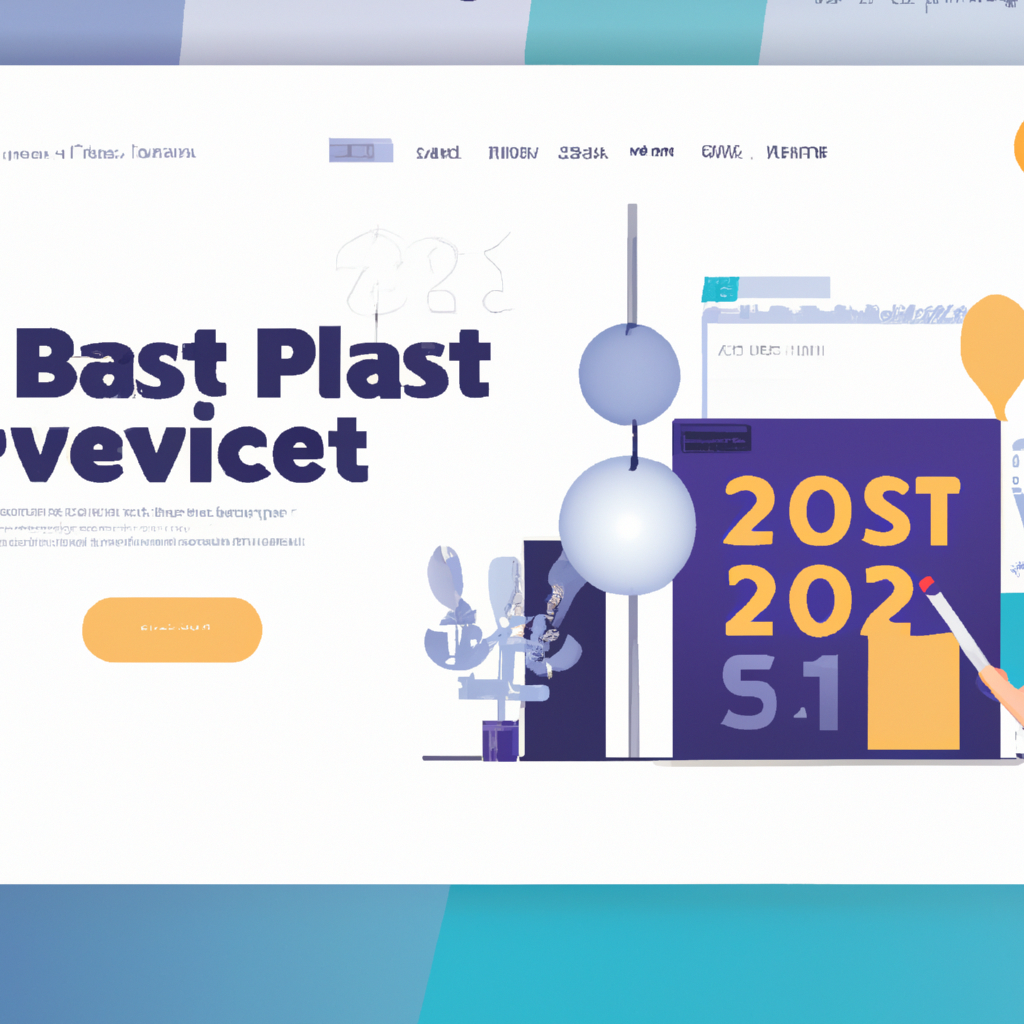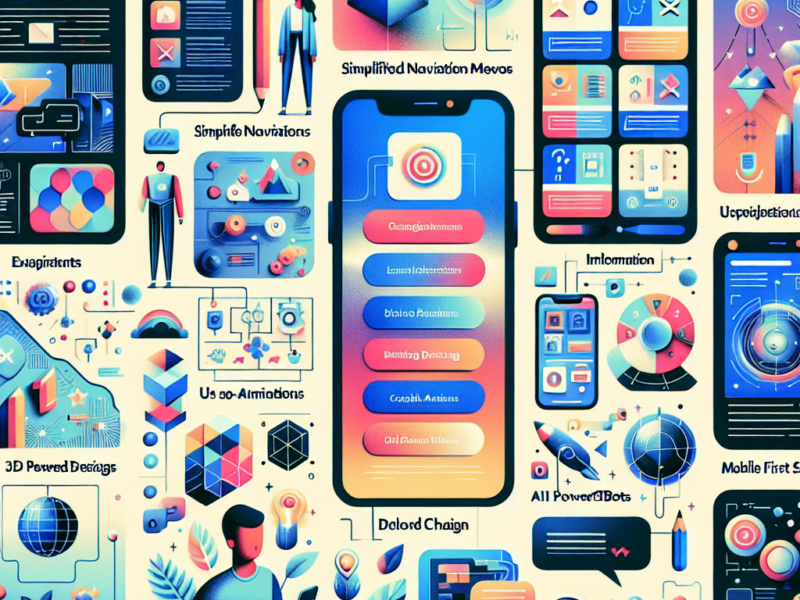Table of Contents
- Website Design and UX: Best Practices for 2024
- Understanding the Core of UX and Website Design
- Emerging Trends in Website Design and UX for 2024
- Best Practices in Website Design and UX
- 1. Prioritize Speed and Performance
- 2. Responsive and Adaptive Design
- 3. User-Centric Content Hierarchy
- 4. Emphasis on Accessibility
- 5. Incorporate Interactive Elements
- Case Studies: Success Stories in Website Design and UX
- Metrics to Measure Website Design and UX Effectiveness
- Conclusion: Key Takeaways for Website Design and UX in 2024
Website Design and UX: Best Practices for 2024

As we approach 2024, the landscape of website design and user experience (UX) continues to evolve at a rapid pace. Staying abreast of the latest best practices is crucial for businesses aiming to maintain competitive advantage and provide superior user interactions. This article delves into the essential strategies and innovations in website design and UX that are set to dominate the digital space in 2024.
Understanding the Core of UX and Website Design
Before diving into the specifics, it’s important to understand the fundamental principles that guide effective website design and UX. These principles are centered around enhancing user satisfaction by improving usability, accessibility, and pleasure provided in the interaction between the user and the product.
Emerging Trends in Website Design and UX for 2024
The digital design world is dynamic, with new trends constantly emerging. Here are some key trends that are expected to shape website design and UX in 2024:
- Minimalistic Design with Maximalist Elements
- Advanced Personalization Through AI and Machine Learning
- Increased Focus on Accessibility and Inclusive Design
- Integration of Voice User Interface (VUI)
- Enhanced Mobile Experience
Best Practices in Website Design and UX
Adopting best practices in website design and UX not only enhances user satisfaction but also boosts business metrics like conversion rates and time on site. Here are some of the top practices to consider for 2024:
1. Prioritize Speed and Performance
Website speed and performance remain critical factors in user experience. Users expect fast-loading pages, and search engines like Google prioritize speed in their ranking algorithms. Optimizing images, leveraging browser caching, and minimizing HTTP requests are practical steps to enhance site speed.
2. Responsive and Adaptive Design
With the variety of devices available today, a responsive website design that adjusts content layout based on the screen size and orientation is essential. Adaptive design takes this a step further by detecting the device and adjusting the server-side elements, providing a tailored experience.
3. User-Centric Content Hierarchy
Organizing content in a clear and logical hierarchy enhances usability. Users should be able to easily navigate through the site and find the information they need without confusion. Effective use of headings, subheadings, and bullet points can aid in achieving a user-centric content structure.
4. Emphasis on Accessibility
Accessibility in website design ensures that all users, including those with disabilities, can access and use the site effectively. This includes providing text alternatives for non-text content, ensuring keyboard accessibility, and designing with sufficient color contrast.
5. Incorporate Interactive Elements
Interactive elements such as microinteractions, hover effects, and dynamic animations can significantly enhance user engagement. However, it’s important to use these elements judiciously to avoid overwhelming the user and detracting from the overall usability of the site.
Case Studies: Success Stories in Website Design and UX
Examining real-world examples can provide valuable insights into effective website design and UX strategies. Here are a few case studies that highlight successful implementations:
- Case Study 1: A major e-commerce platform redesigned its website to focus on mobile-first design, resulting in a 30% increase in mobile conversions.
- Case Study 2: A SaaS company implemented AI-driven personalization on its landing pages, which led to a 25% increase in sign-ups.
- Case Study 3: A non-profit organization revamped its website with a focus on accessibility, significantly improving engagement from users with disabilities.
Metrics to Measure Website Design and UX Effectiveness
Measuring the effectiveness of website design and UX initiatives is crucial for continuous improvement. Key metrics include:
- User Engagement: Time on site, pages per session, and bounce rate.
- Conversion Rates: The percentage of visitors who complete a desired action.
- User Satisfaction: Feedback through surveys and usability tests.
- Load Time: The speed at which pages become interactive.
Conclusion: Key Takeaways for Website Design and UX in 2024
As we look towards 2024, the importance of innovative, user-centered website design and UX cannot be overstated. By embracing emerging trends and adhering to best practices, businesses can create engaging, effective, and inclusive digital experiences. The key takeaways include the need for speed and performance optimization, the importance of responsive and adaptive design, and the focus on accessibility and interactive elements. By implementing these strategies, businesses can ensure that their digital presence resonates well with users and stands out in the competitive digital landscape.
Embracing these best practices in website design and UX will not only enhance user satisfaction but also drive business success in the digital age.

